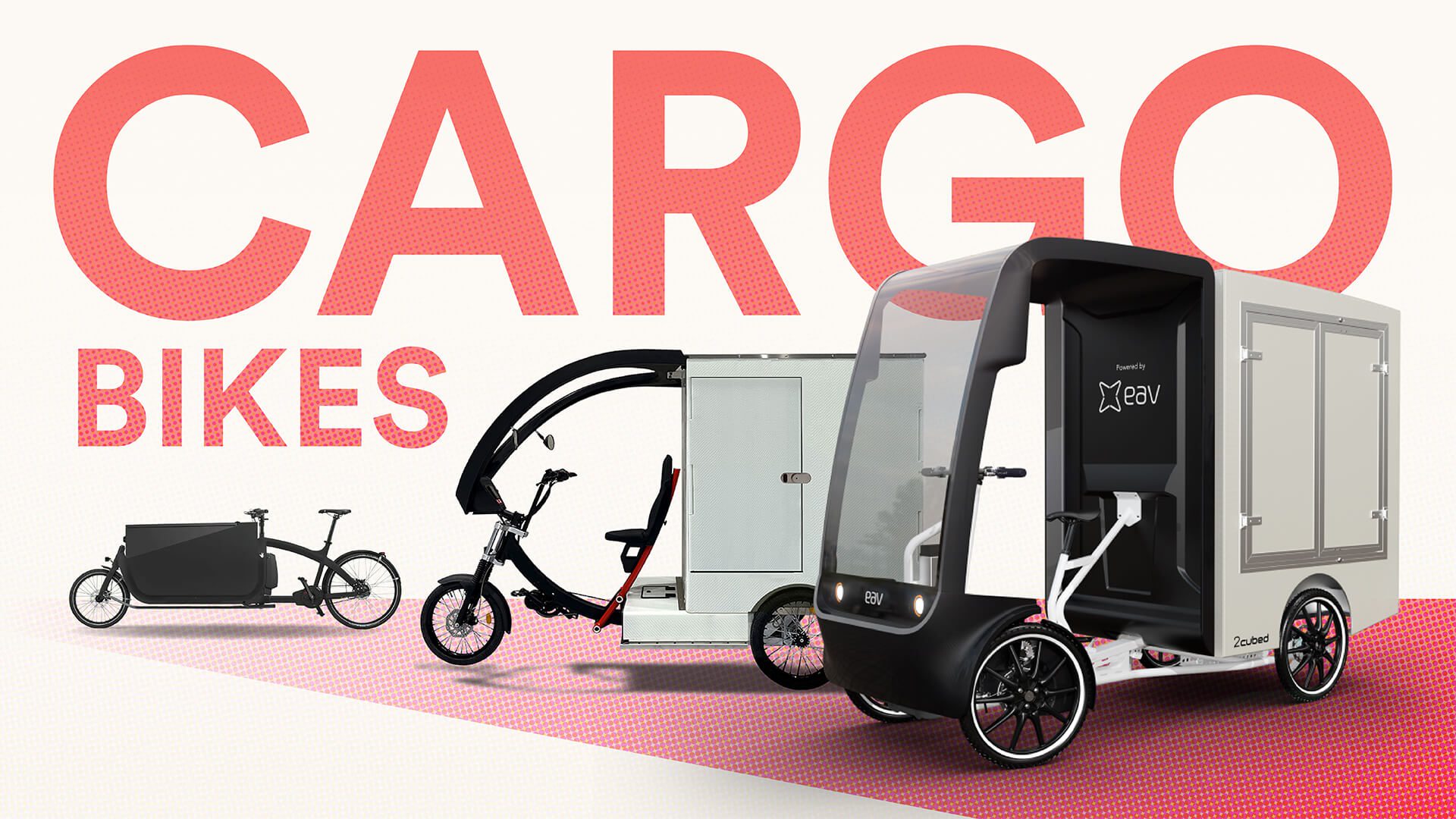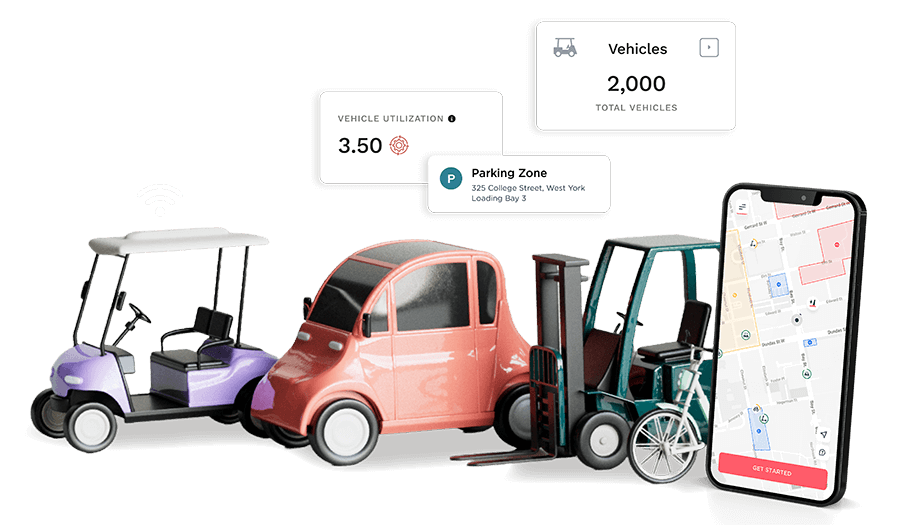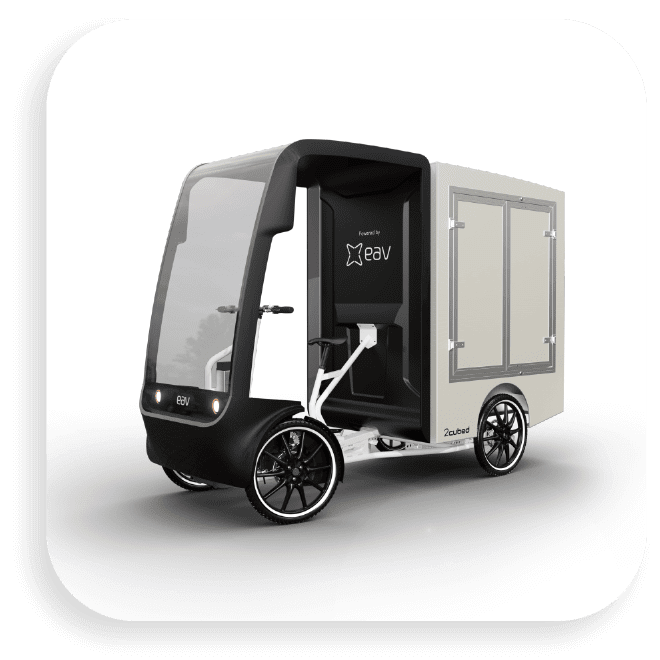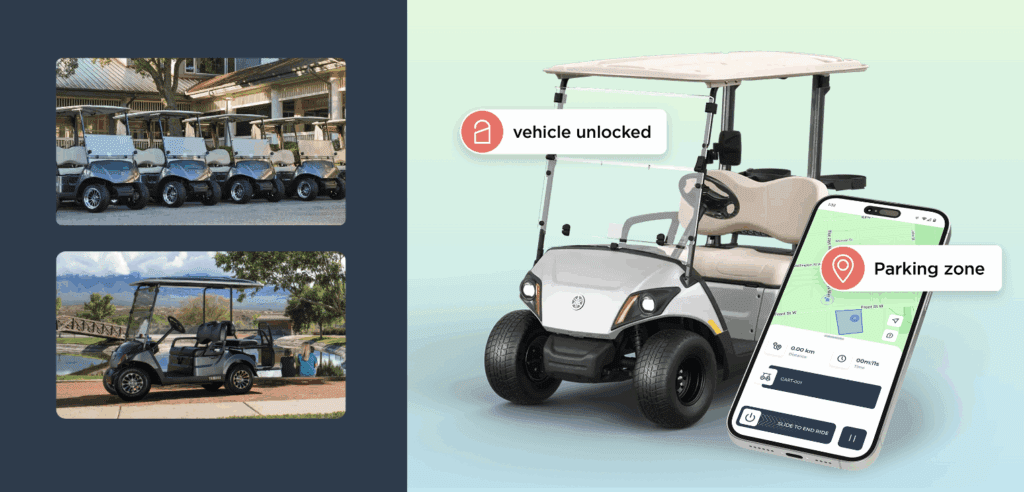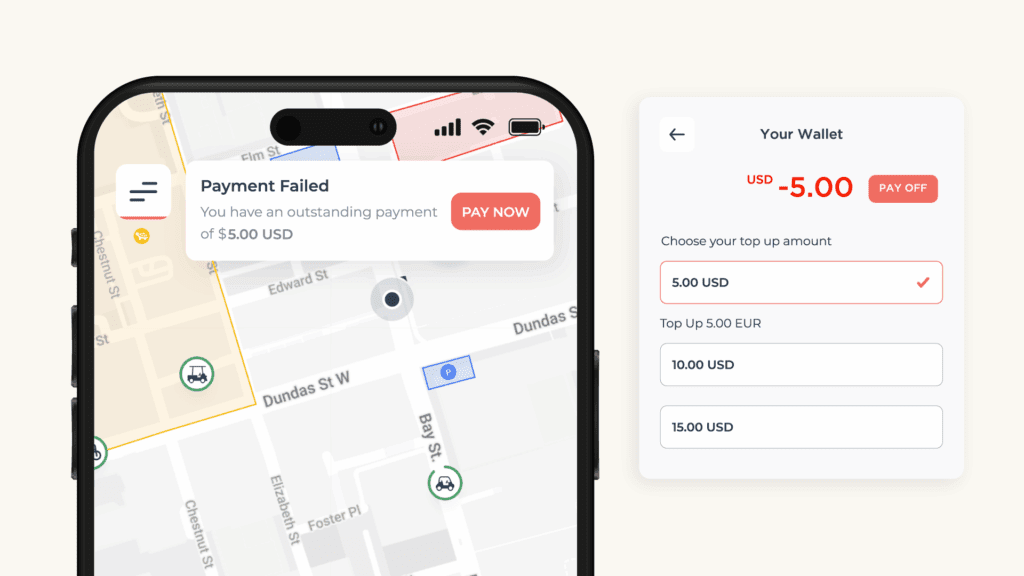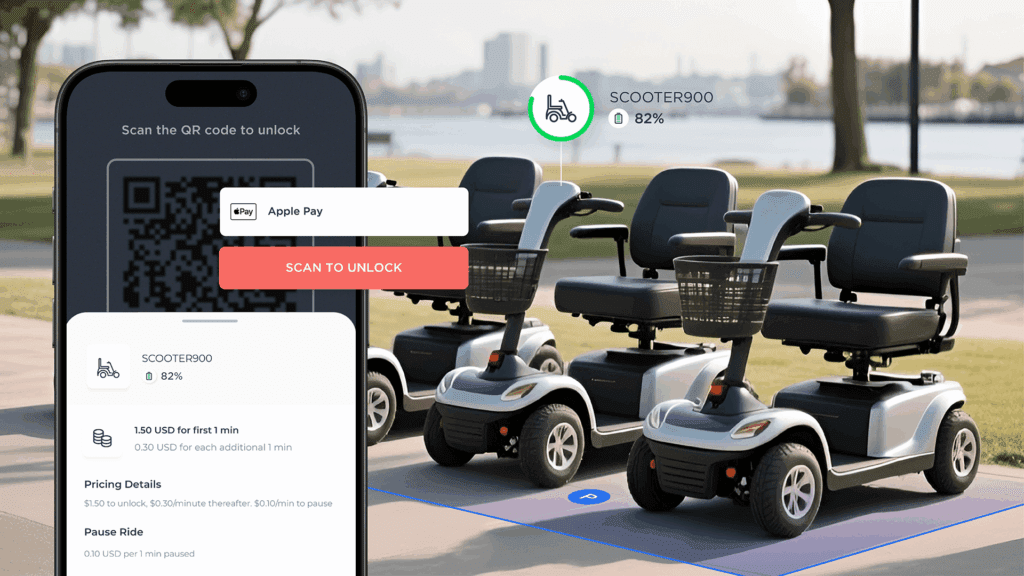The term “cargo bike” encompasses a broad range of bicycles, tricycles and even four-wheelers, all purposefully crafted for transporting people, goods and services. As more innovations enter the market, the classification and typology of these vehicles have become increasingly complex.
In this guide, we explore the common configurations of cargo bikes for business use, plus a list of suppliers worth investigating for your fleet.
If you’re looking for a broader view of lightweight electric vehicles, be sure to check out the Joyride Garage and Micromobility Landscape for a global list of vendors.
Cargo Bike Types
Box Bike / Bakfiets
Front-loading cargo bikes are characterized by their extended wheelbase, and a cargo area positioned low between the handlebars and front wheel. A popular example is the box bike or ‘Bakfiets,’ commonly used in urban neighborhoods to transport families, groceries, deliveries and more.
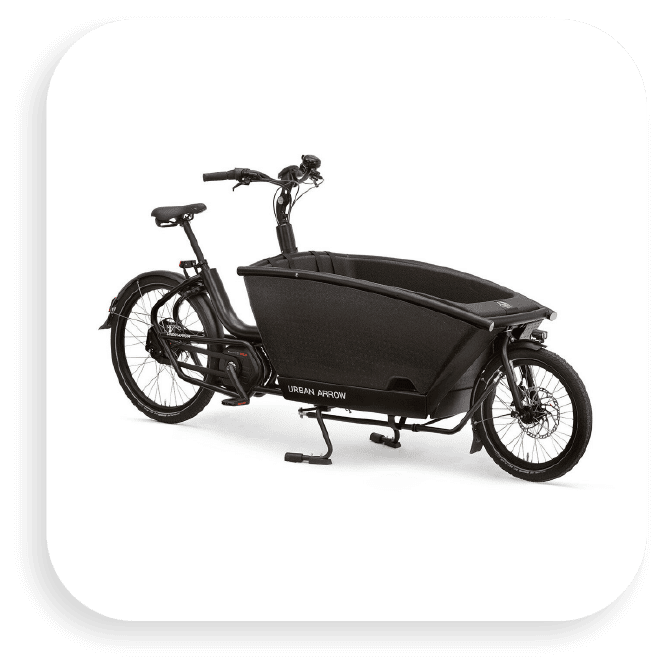
Image Credit: Urban Arrow
Utility / Longtail Cargo Bike
Utility bikes are designed with reinforced frames to handle heavier payloads, making them a reliable choice for delivery service workers–especially in last-mile delivery scenarios. Most models come equipped with swappable batteries to enable extended use throughout the day. The longtail configuration, with its elongated frame, is specifically designed to carry oversized cargo. Instead of a box, these bikes typically feature open racks or platforms where cargo is secured with straps, offering a versatile and flexible solution for commercial use.
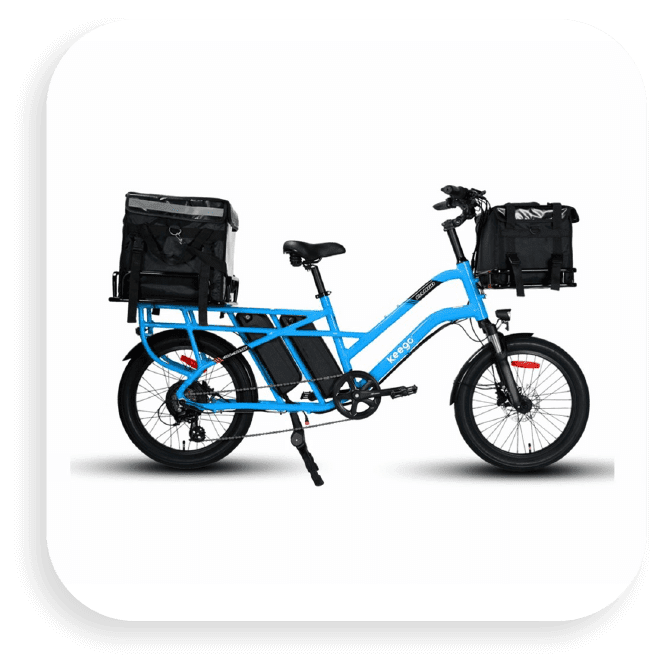
Image Credit: Keego
Utility / Longtail Cargo Bike Suppliers
Front Cargo Bike
For added stability when transporting heavy loads, front-loading cargo bikes can come with three wheels—one at the back and two in the front. This tricycle setup typically includes a lid to keep the cargo secure and protected from the elements. Depending on the professional use case, these bikes may also feature insulation for cold-chain logistics, swappable cargo containers and other customizable options.
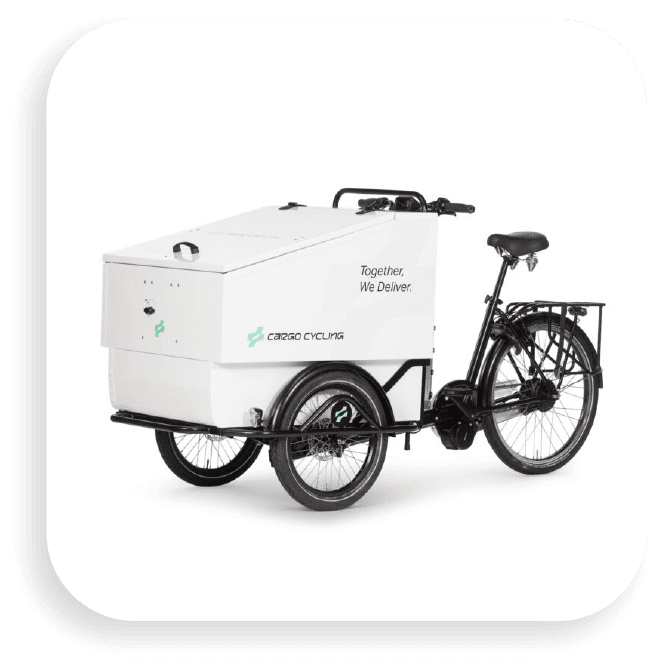
Image Credit: Cargo Cycling
Rear Cargo Bike
Rear-loading cargo bikes typically have three wheels and are designed to efficiently perform business-related tasks in urban environments such as trades service calls and last-mile delivery. With the cargo positioned behind the rider, these bikes can carry bulkier loads without hindering maneuverability. Features like wind screens, rear-view mirrors and turn signals enhance rider safety, ensuring smooth navigation through bikes lanes and busy streets.
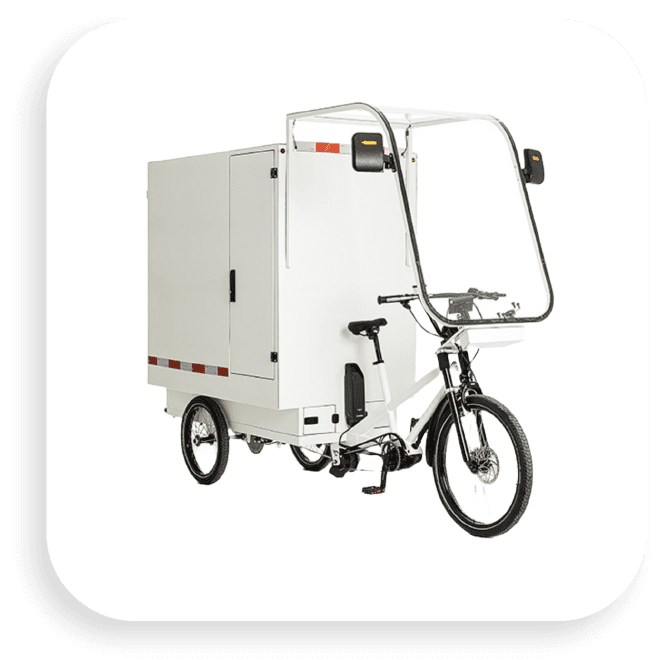
Image Credit: Coaster Cycles
Rear Cargo Bike Suppliers
Cargo Bike Trailer
A cargo bike trailer is a wheeled attachment that can be towed behind an electric bike or trike to transport various goods. It is usually non-motorized but some models connect to the power system of the connected e-bike. Cargo is secured using straps or within a container attached to the trailer.
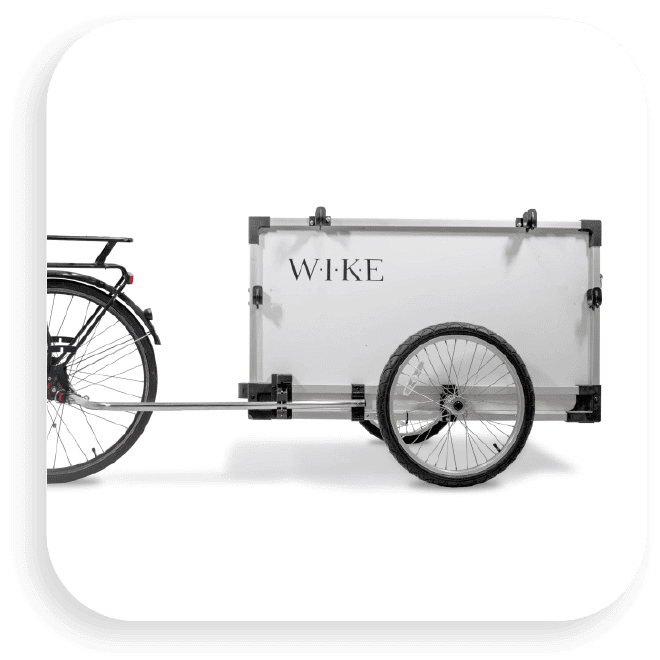
Image Credit: Wike
Cargo Bike Trailer Suppliers
- URB-E (Llama Cargo)
- Carla Cargo
- Wike
- Burley
- Nüwiel
- Coaster Cycles
- VUF Bikes
Cargo Quadricycle
The most heavy-duty option in the cargo bike category is the four-wheeled cargo quadricycle (also spelled quadracycle). Compact and zero-emission, these vehicles offer high weight capacity, are permitted in bike lanes, and require minimal parking space. Often equipped with covered cabs for all-weather use, cargo quadricycles are commonly seen in major metropolitan areas, efficiently delivering a wide range of goods including parcels, groceries, flowers, and laundry for commercial businesses. They are also ideal for tradespeople, providing ample space to transport tools and equipment to job sites.
Benefits of cargo bikes for business
- Unlike a traditional delivery van, most cargo bikes do not require a license to operate
- E-cargo bike fleets may be eligible for municipal or federal grants, subsidies or rebates
- Most cargo bikes are permitted to use cycling infrastructure
- E-bikes have increasingly long range, further extended by technologies such as swappable battery systems, regenerative braking, and solar charging
- Even the largest cargo bikes require less parking and storage space than automobiles
- Electric vehicles typically require fewer parts and less maintenance than ICE vehicles
- E-Bikes with swappable batteries void concerns for range anxiety and charging downtime
You’ve made a smart move by choosing cargo bikes for your business, but why stop there? To really get the most out of your new fleet, consider connecting them with Joyride’s advanced vehicle software.
Imagine being just one click away from knowing where your bikes are, who’s using them and how they’re performing. With Joyride’s user-friendly fleet management system, you can track vehicles in real-time, manage driver access and monitor equipment usage and repairs. Keyless access and remote diagnostics simplify operations, while geofencing features help keep drivers safe and assets secure by setting speed limits, restricted areas, and parking zones.
If you’re making the move to add cargo bikes to your fleet, it’s that much more important to connect them for enhanced efficiency and control. Learn more here.

